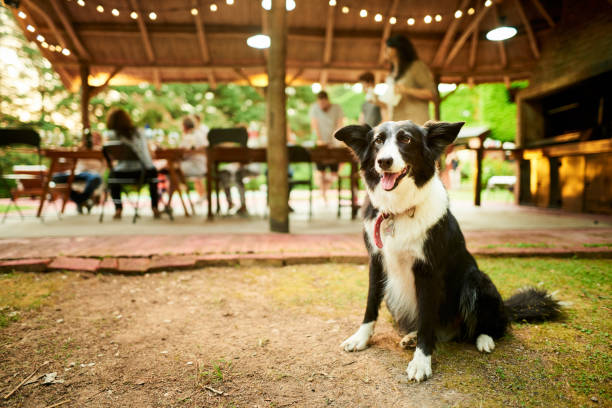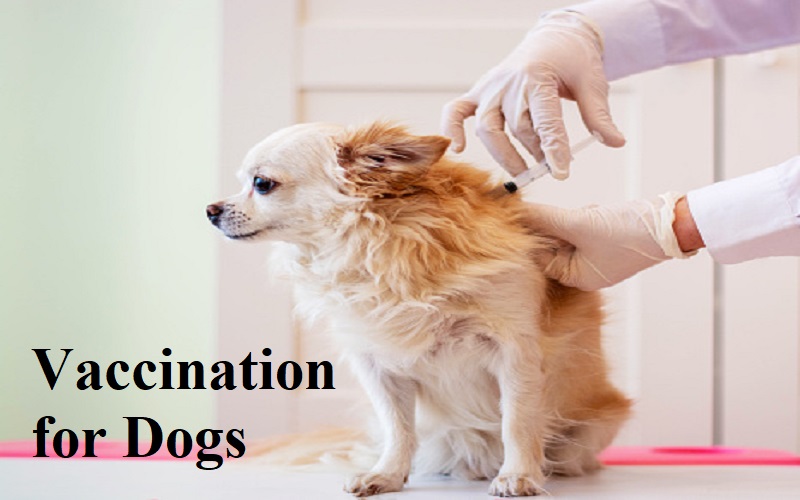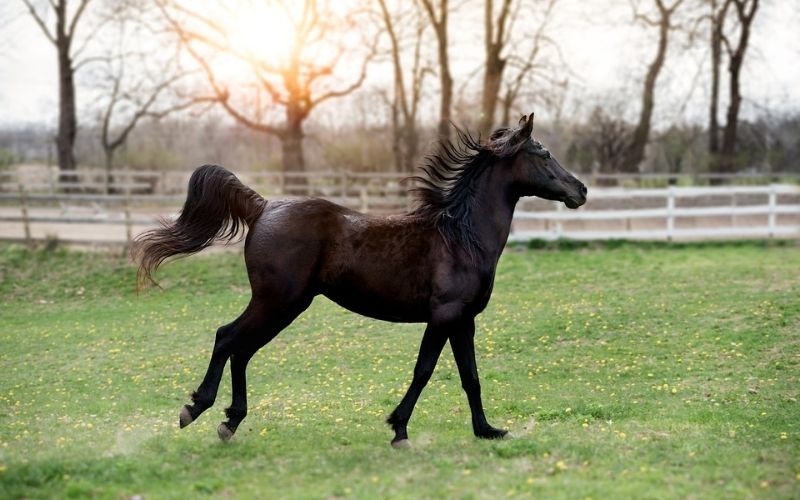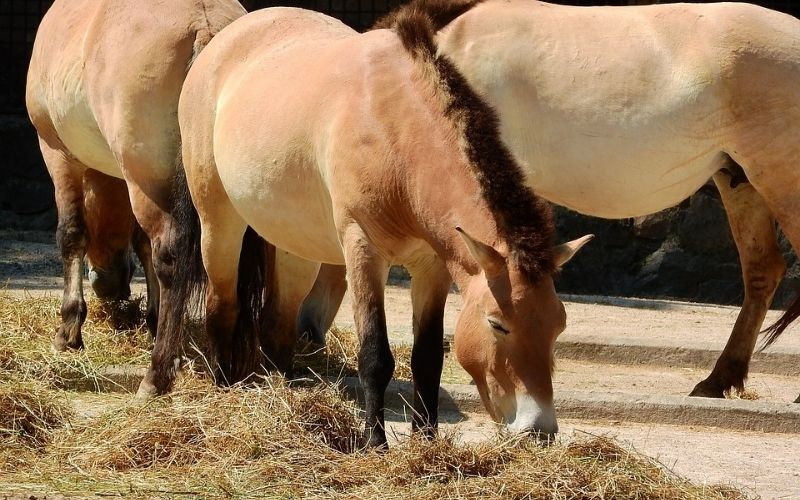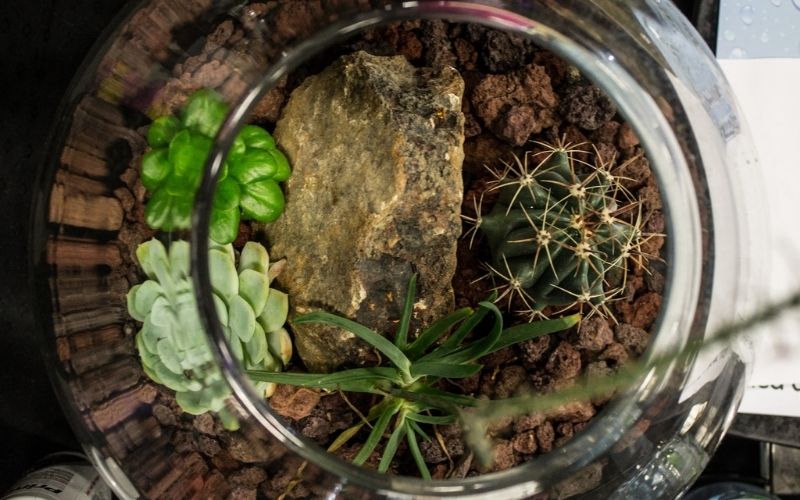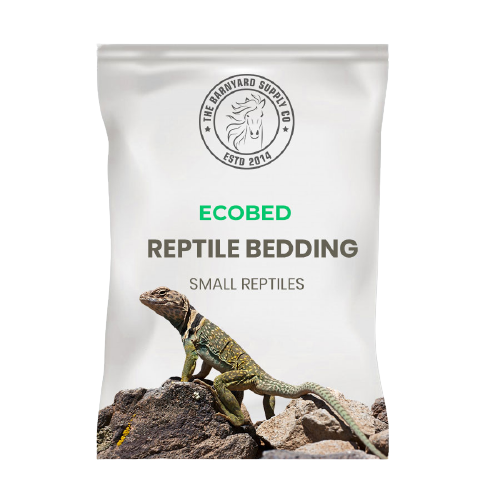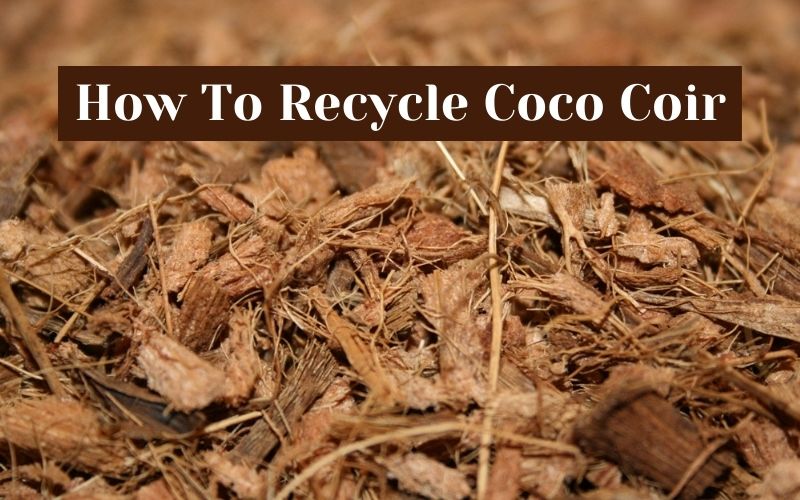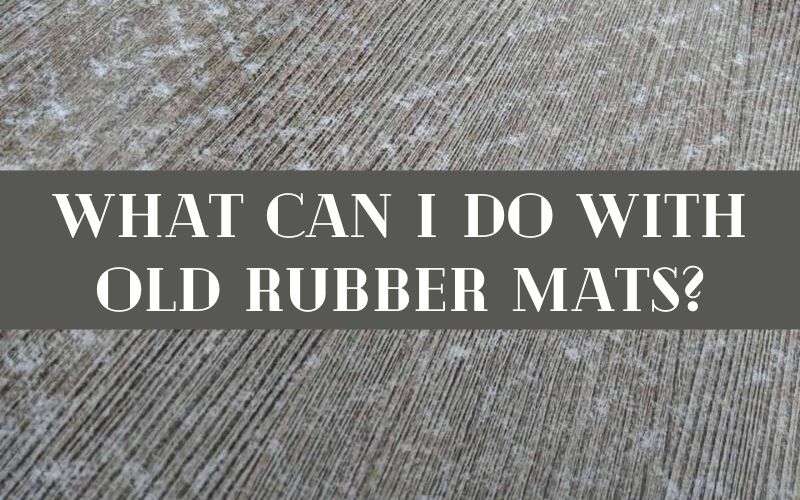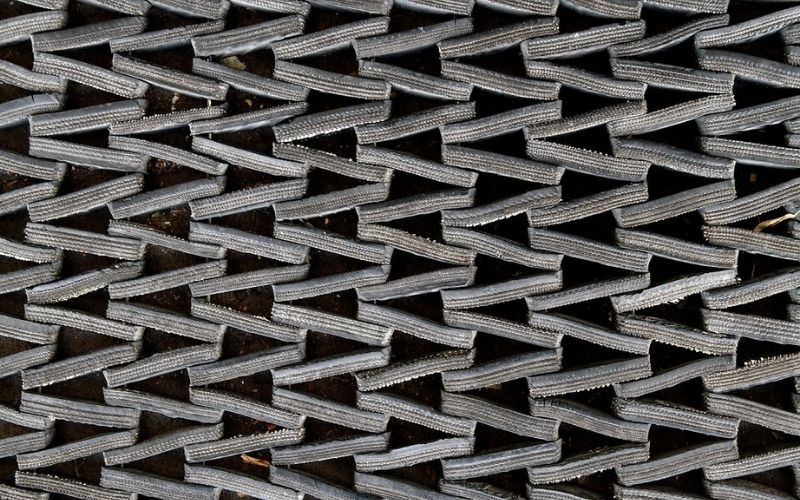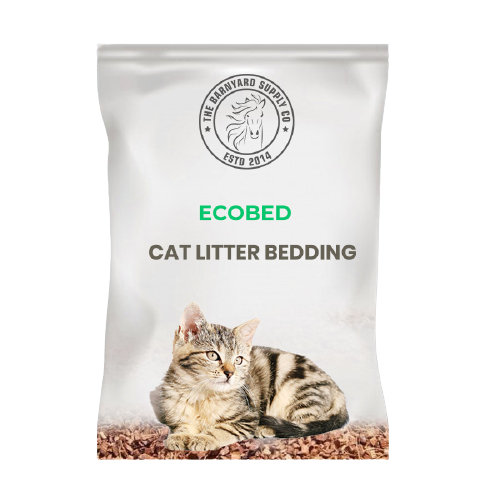A suitable cage, as well as sources of light, heat, and water, are required for reptiles. Before bringing your pet home, make sure the habitat is entirely ready and safe. Lizards require housing that is both emotionally and physically comfortable. Emotional comfort refers to the animal’s sense of security. Physical comfort implies that the temperature and, to a lesser extent, humidity of your lizard’s cage remain in the same range as when it was born.
It’s much easier to provide such features if you know what kind of lizard you have. Lizards are divided into three groups: those that are large enough to be unaffected by little objects, and those that escape danger.
Lizards that are too huge to be maintained by a hobbyist, let alone legally protected, are too enormous to be kept by a hobbyist. Running lizards may make advantage of large-scale housing, which allows them to roam and establish territories. Most enthusiasts, however, are unable to provide room-sized enclosures for a trio of 10-inch-long lizards.
Different enclosures are appropriate for different sorts of settings, whether they are separate or used together:
Aquatic terrarium
Aquariums for aquatic reptiles are comparable to aquatic terrariums. A submersible heater, a filter for continuous, easy cleaning, a vented or wire screen on top with a lid or covering for easy ventilation and access; gravel spread on the bottom, a basking light that the reptile cannot reach. A basking area, such as a rock or floating surface; and a comfortable background are all important elements for an aquatic terrarium. Turtles, frogs, newts, water snakes, and salamanders thrive in this type of enclosure.
Semi-aquatic terrarium
Water and land regions are combined in semi-aquatic terrariums. You may use a piece of glass attached with sealed silicon to divide the two regions, or a detachable container for the water. For proper filtration, drainage, and utilisation, the land area should be built in layers. For these substrates, you can use tiny pebbles, moss, bark, or potting soil. A coating of charcoal at the bottom of the substrates can help keep them fresher. Driftwood, moss, pebbles, or plants can be used to provide interest and movement to the terrarium. Choose plants that are appropriate for your pet’s species and size. You may also need to establish a basking area and a thermal gradient in the terrarium, depending on the species. Salamanders, newts, frogs, certain lizards, and turtles thrive in semi-aquatic terrariums.
Woodland terrarium
Woodland terrariums are comparable to semi-aquatic terrariums, except they have a lot less water area. For the water element, just use a bowl. The same substrates can be used again and again. For arboreal creatures, include additional branches, while for terrestrial species, use more pebbles. A heating element and/or full spectrum lighting element may be required, depending on the species. Within this form of enclosure, a temperature gradient is usually required. Frogs, salamanders, snakes, and lizards such as geckos, anoles, and skinks live in forest habitats, as do a variety of other reptiles.
Desert terrarium
Desert terrariums are for reptiles that need to be in a dry, arid environment. Reptile bark, terrarium carpet, or sand can be used as substrates. Cactus or succulents, for example, require little water and are low-humidity plants. You’ll need to incorporate a temperature gradient within the enclosure, as well as a heating element and full spectrum illumination. Chuckwallas, desert iguanas, leopard geckos, and a variety of other lizards are housed in these cages.
Accessories
A variety of climbing/clambering surfaces not only provides areas for your lizard to explore and hide, but also enhances the appearance of the cage. Because these things must be anchored in the substrate, a cage with just a paper towel or newspaper substrate can only include a water dish and a couple of hide boxes for decoration. Cages with a gravel or mulch bottom provide you a lot more creative freedom when it comes to decorating.
You should limit the cage furnishings for desert lizards to cholla cactus skeletons and rocks. Living plants, especially xeric-adapted ones, have a tendency to add moisture to an already confined habitat. Cactus that are still in their pots can be added by die-hards.
Pothos and dwarf sansevieria, as well as climbing limbs and vertical cork bark slabs, can be added to woodland/jungle species like geckos and iguanas. Branches may be added, but they must be at least 1.5 times the lizard’s diameter to be securely held, and they must be wedged into position so they don’t slip.
Cleaning
If you detect excrement or the tank smells musty, it’s time to clean it.
If the substrate is paper, simply peel it off and spray it with cage cleaning. A cleanser made of one-third alcohol, two-thirds water, and a drop or two of dishwashing detergent works well. Replace the paper substrate and wipe the cage dry with paper towels.
You may simply pick up the dried faeces with a paper towel if you use a gravel or mulch base. Every month or so, replace the substrate, spraying and cleaning the empty cage with the cage cleaner.
Caring
Lizards who are protective of their territory are known as caring lizards. You probably won’t be able to offer adequate room for each lizard’s own area now that you’ve pulled your lizard out of the wild. However, you may compensate for the spatial constraints – and provide a hiding spot for a species that hides to avoid danger – by erecting visual barriers.This may be done using genuine or imitation vining plants, small parts of limbs, bits of bark, or conceal boxes. Even if your lizard can’t get away from a possible adversary, whether it’s you or another lizard, the “enemy” won’t be visible. Hide boxes that have been manufactured commercially are easily accessible. The majority of them are variants on a black plastic box with a hole at the front. Ideally, you should offer numerous hide boxes, at least one for each animal, and put them at the cage’s cold and warm ends.
Water
Your lizard need water on a regular basis. A small dish of water or a dish with a bubbler can be used passively to offer this. Bubbler bowls are for lizards who like to drink moving water rather than static water. You may also spray the enclosure’s plants and walls every day or every other day. For arboreal lizards that do not descend to ground level and desert lizards that sip dew drops, misting is utilised. One of the rock or corkbark pieces in the cage, as well as one or two of the tank’s walls, should be misted. Though the lizard rushes up to the misted area and lapping one location after another as if it’s thirsty, mist again after the droplets have vanished. You want your lizard to desire to drink, but not to get dehydrated.
A drip bottle, a water-filled container with a tiny hole in the bottom that rests on top of the cage, is used by some enthusiasts.
Water droplets seep out of the orifice and splash down. Most cages can fit into a clean yoghurt cup. A plant, a water dish, a wood, or a rock can all be placed in the container. Every day, wash and rinse the container well.
Substrate
To serve as the tank’s flooring, you’ll need to offer a substrate. Substrates come in a variety of shapes and sizes. Paper towels or newspaper, on the one hand, are a simple and inexpensive option. Paper towels are a better choice for little lizards. These lizards are too light to rumple the absorbent towels, which may be readily replaced when they become wet or filthy.
For tiny to bigger lizards, newspapers could work. Although newspaper is absorbent to some extent and tends to lie flat, your lizard will have no walking or running traction due to its slippery surface. Gravel works nicely and can be cleaned easily by putting it in a bucket and hose-washing it.
Mulch that isn’t fragrant is a suitable choice for a substrate. It’s relatively absorbent, has a burrowing surface for tiny lizards to feel secure, has decent traction, and offers the cage a natural appearance. Substrates created from crushed walnut/pecan shells or compressed coconut fibre are similar to mulch but more costly. We recommend EcoBed Reptile Bedding. This is an 100% eco-friendly exotic bedding type provided for your pet reptile’s comfort, made out of refined coconut husk chips.
Here, newspaper is used as a compacted/pelleted product that delivers all of the benefits of mulch and other loose substrates. However, one word of caution: lightweight pelted or granular substrates can be readily consumed with meals. If you’re going to utilise these substrates, place a large flat rock or a small tray on top of them to act as a feeding platform.
Cage carpets, for example, are one-piece substrates that look attractive, give grip, and are often easy to clean. Food that has spilled is readily cleaned up. On the negative side, the carpets are less absorbent than mulch or other loose substrates, and waste is visible.
Conclusion
It will take time, effort, and money to create the ideal home for your reptile, but it will be well worth it when you see your reptile thrive.



